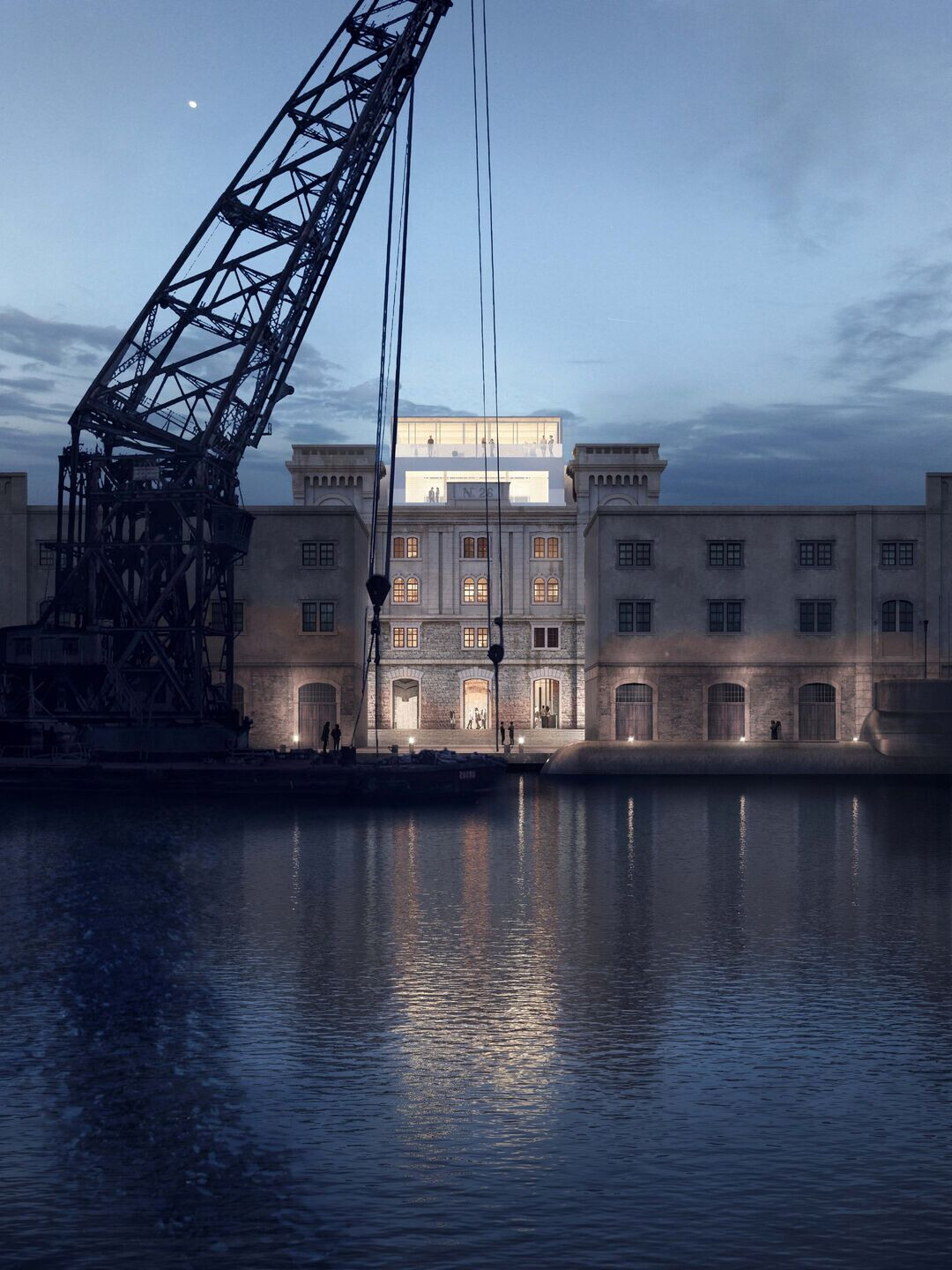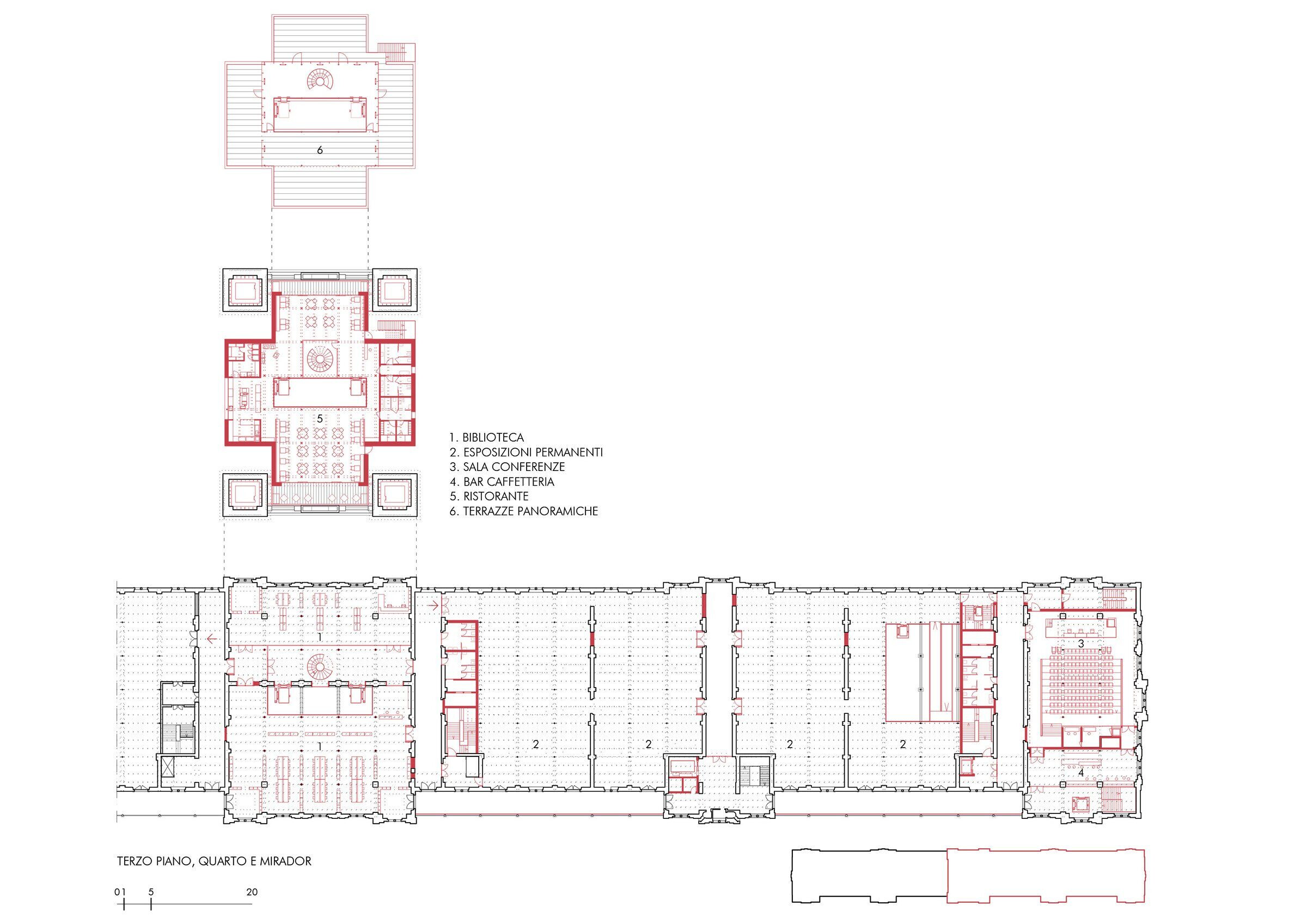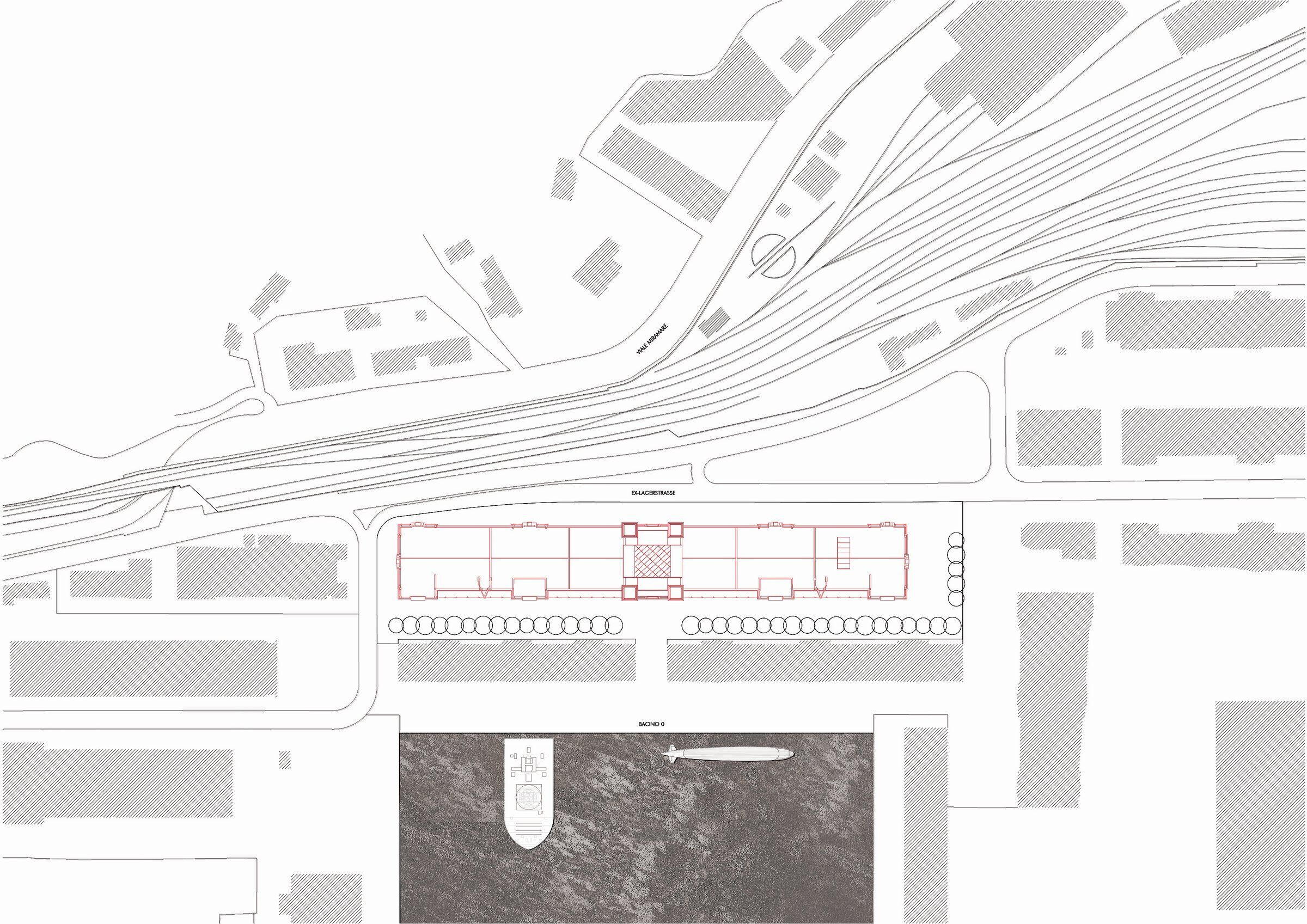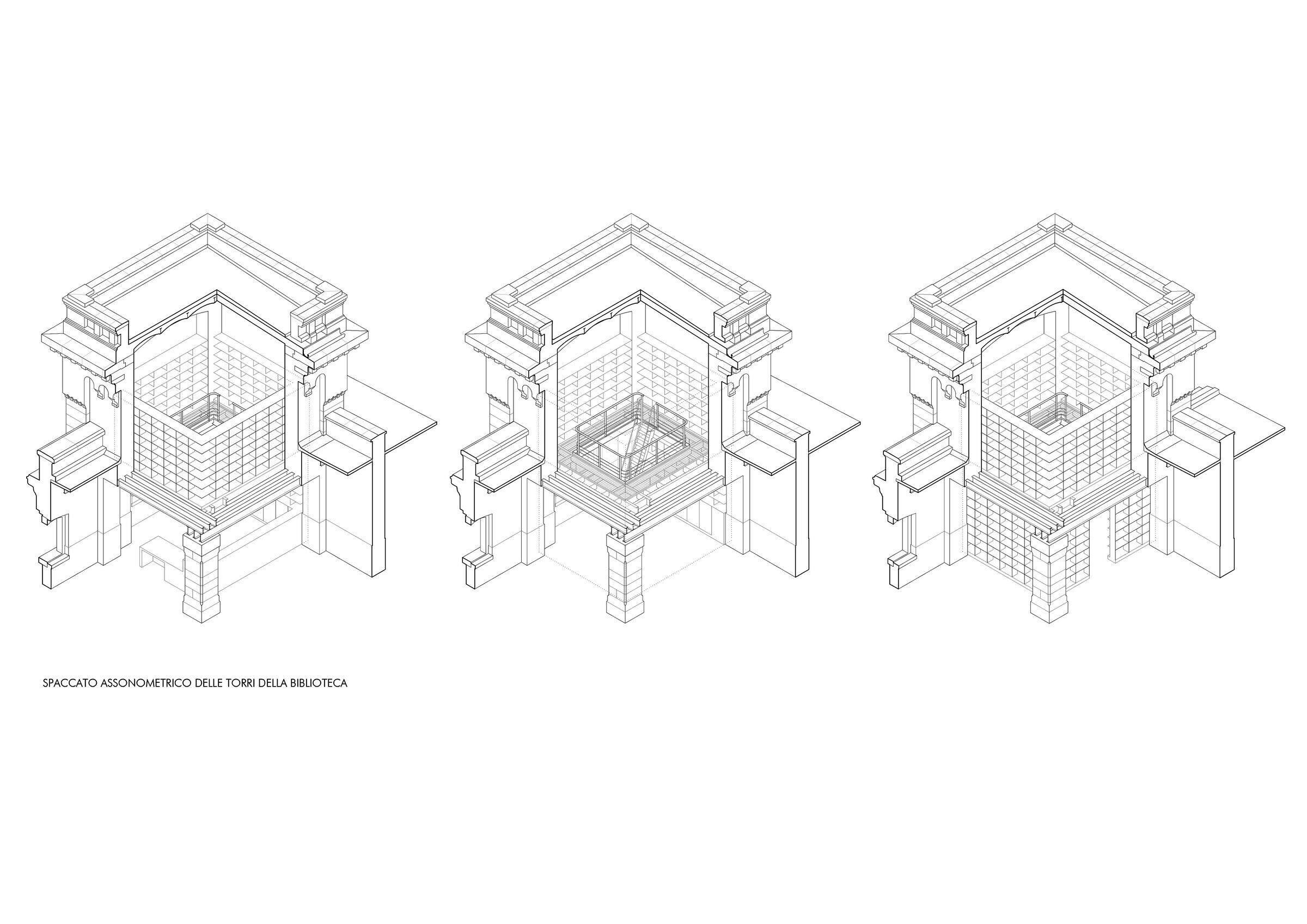The intervention on the Magazzino 26 building in Trieste's Porto Vecchio not only aims to resolve its historical recovery through the complete renovation of the building, but also to give it a new cultural use: the Museo del Mare, a new cultural facility of the first level. It is, therefore, the reactivation of the old with a contemporary reuse, to incorporate it into the life cycle of the city.

In this proposal we are trying to find a middle way between historicist mimicry and the position of contrast, typical of a certain tradition of modernity. A path closer to the establishment of relations of analogy with the old building, with the aim of finding an architecture that does not imply discontinuity or rupture, in which there must be a certain interaction between the innovative languages of modernity and those consolidated from history, in such a way that they become complementary languages, seeking, in short, a certain physical and historical continuity.
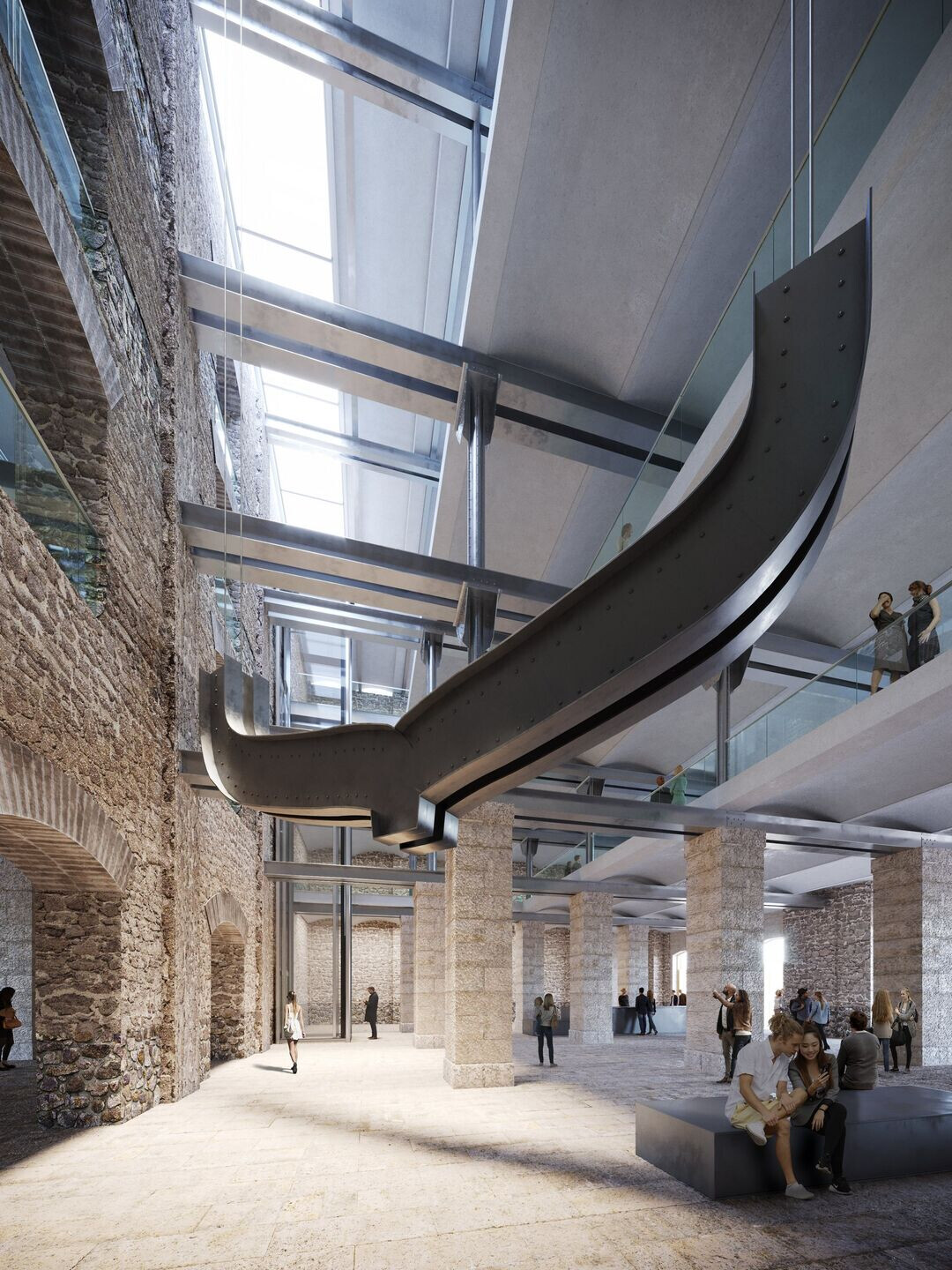
On the other hand, the proposed intervention on the Magazzino 26 also distances itself from a certain reductionist attitude that seeks to fossilise history by anchoring it in a single historical moment, that of its initial construction, preventing the incorporation, over time, of new architectural contributions that could enrich its heritage values.
After a detailed analysis of the formal configuration of the Magazzino 26 building and its relationship with its immediate surroundings, in terms of both the neighbouring buildings and the exterior spaces, our project proposes the construction of a new element on the roof of the building, in its central body and located on its vertical axis.
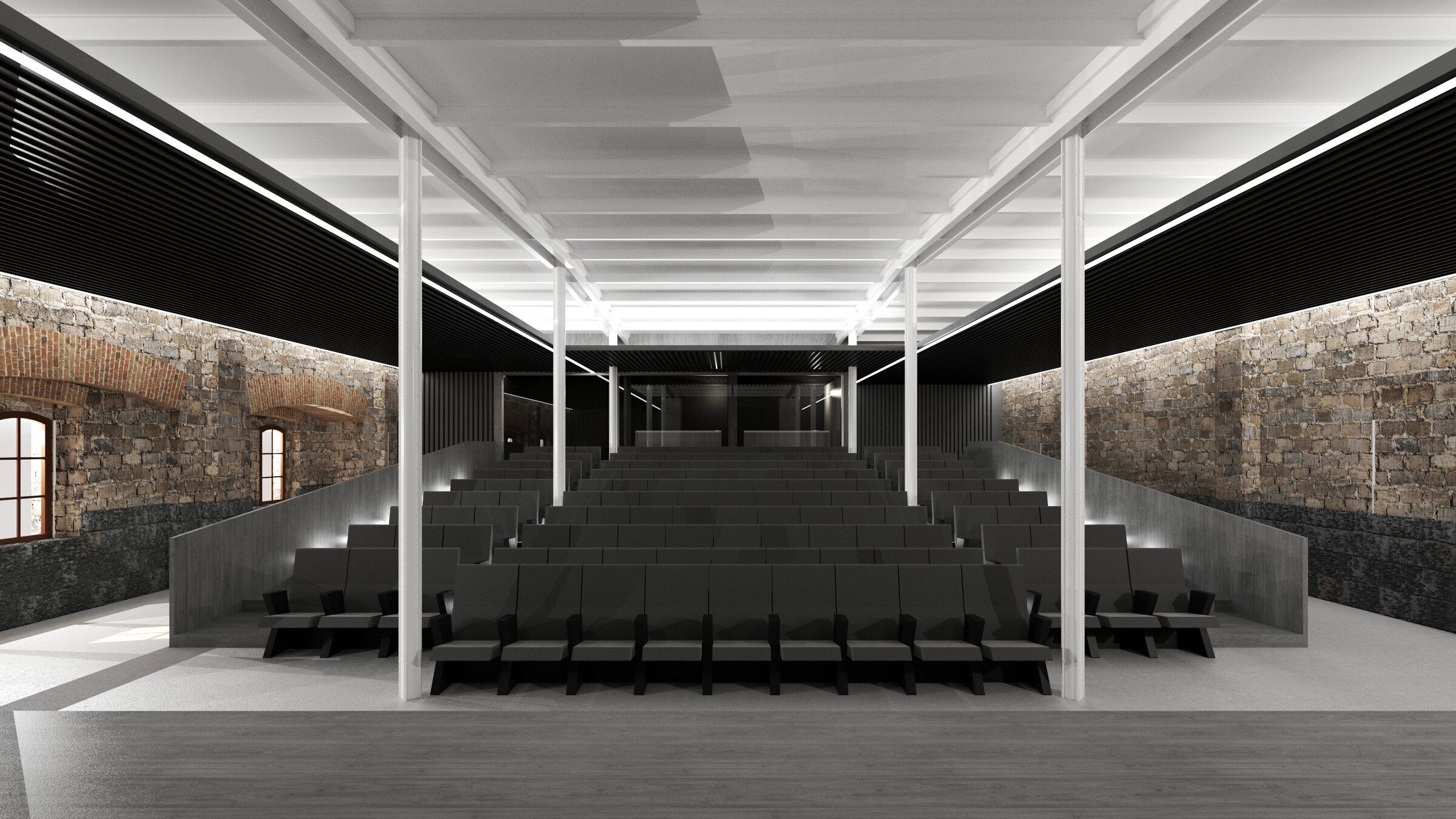
This new element capable in its discretion of giving a contemporary touch to this operation to transform the old and obsolete port structures, is thus charged with a new symbolic significance, which speaks of a new culture, of a deposit of our time in the old building.
This upper body, the new viewpoint of the Museo del Mare, made entirely of glass and technically resolved for its correct functioning, and which we have called Sala Marconi, could house a multi-purpose cultural space, as well as a cafeteria, which will also have outdoor terraces with magnificent views over the sea.

The lower body, which is more enclosed, is intended to be used as a restaurant, with its corresponding services, an essential element in the Museum's programmatic content, and at the same time designed to function independently outside the opening hours of the institution. A good-sized restaurant with views of the sea and the splendid landscape of the city
Inside the building some operations complete the intervention: the subtraction of the existing floor slabs -corresponding to the second and third floors- with the aim of introducing gentle ramps in the route of visitor flows as well as in the central body in order to cascade natural light into the central spaces of the building; and the addition of newly built transversal bands on either side of the large rooms, to satisfy the functional and regulatory compliance of the project.


